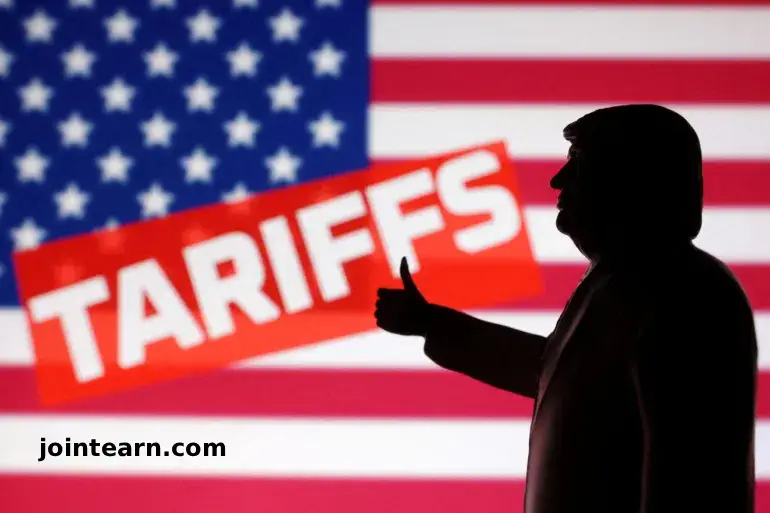
Washington/ Bern – November 14, 2025 – The United States has agreed to cut tariffs on goods from Switzerland from a crippling 39 percent to 15 percent under a new framework trade agreement, officials announced on Friday. The deal also includes a commitment from Swiss companies to invest $200 billion in the U.S. by the end of 2028, strengthening economic ties between the two nations.
Tariff Reduction to Align with EU Levels
The reduction brings U.S. tariff rates on Swiss exports in line with those imposed on the European Union (EU), providing immediate relief for approximately 40 percent of Switzerland’s total exports. Swiss Economy Minister Guy Parmelin described the move as a “major boost” for Swiss industries, including pharmaceuticals, machinery, precision instruments, watchmaking, and food products.
“For the industrial sector, which faced a 39 percent tariff since August, this is very good news. For the first time, we have the same conditions in the U.S. market as our European competitors,” said Nicola Tettamanti, president of Swissmechanic.
The U.S., Switzerland, and Liechtenstein, which is included in the agreement, aim to finalize the trade deal by the first quarter of 2026, the White House confirmed.
Key Features of the Trade Deal
The new framework includes several measures designed to encourage investment and level the playing field:
- Tariff ceiling of 15% on Swiss pharmaceuticals, including Roche and Novartis, protecting them from potential U.S. Section 232 duties that could reach up to 100% for certain drugs.
- 15% cap extended to future Section 232 tariffs, covering semiconductors and other critical sectors.
- Switzerland will grant duty-free bilateral quotas for U.S. agricultural exports, including 500 tonnes of beef, 1,000 tonnes of bison meat, and 1,500 tonnes of poultry.
- Swiss investments in the U.S. will focus on pharmaceutical production, life sciences, and industrial sectors.
U.S. Trade Representative Jamieson Greer emphasized the benefits for American manufacturing:
“Switzerland is shifting significant production to the United States — from pharmaceuticals to gold smelting and railway equipment. This is a major opportunity for American industry.”
Economic Implications for Switzerland
Under the previous tariff regime, Swiss exports to the U.S. fell sharply. Industrial exports, machinery, and precision instruments were most affected, with machine tool shipments dropping 43 percent in the three months through September, according to Swissmem.
Economists say the tariff reduction will restore competitiveness for Swiss companies and contribute to stronger growth:
- KOF Swiss Economic Institute forecasts 0.9% GDP growth for Switzerland in 2026, potentially exceeding 1% with the new tariff structure.
- Nadia Gharbi, economist at Pictet Bank, called the measure a “clearly positive development” for the Swiss economy and industrial sector.
Level Playing Field with Europe
The new agreement ensures that Swiss exporters face the same conditions as EU competitors, removing the previous disadvantage caused by higher U.S. tariffs and a strong Swiss franc. This move is expected to boost bilateral trade, strengthen investment flows, and reinforce the transatlantic economic partnership.
“The tariff reduction removes the main downside risks for Switzerland’s economy and represents a positive step for overall growth,” said Hans Gersbach, director at KOF Swiss Economic Institute.
The lower tariffs are expected to be implemented within weeks, once U.S. customs systems are updated, offering immediate relief to Swiss businesses and signaling a renewed era of trade cooperation.
Leave a Reply